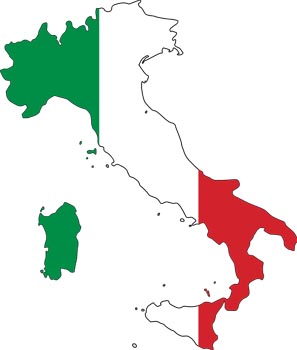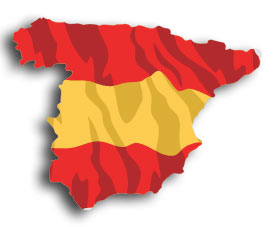It is going to be a hot November in Italy’s schools and universities. Promises by the Government to reverse at least sum of the heavy cuts in recent years are going nowhere fast, and the patience among students and teachers is wearing thin.
In protest students will be holding strike on November 15, and teaching staff will be following them on November 30 for a day of action of action, and possibly strikes.
Italy’s government is a bizarre marriage between left and right, a Grand Coalition between the party of billionaire tax dodger Silvio Berlusconi and the centre-left Democrats, and the parliamentary debate on education funding is moving at a snails pace. Berlusconi’s troops are digging in against rises in financing to state schools.
But it’s plain sailing, it seems, for church-run private institutions, which can expect an increase in state funding to a huge 440 million euros. With the former christian democrats who once ruled Italy now recycled into both coalition partners this is perhaps to be expected.
This is adding fuel to the anger among the vast majority who work for, and attend state schools.
Overall public spending on education, at 4.2% of GDP, is below the EU average of 5.3%, but that gap has no chance of closing, nor is there any likelihood of seriously addressing the dire facts of more than 750,000 students between the ages of 18-20 abandon their studies.
Morale among education workers is at rock bottom with wages frozen since 2010 and set to remain in deep chill for and further two years, leading to a loss of income of 3,500 euros a head, according to teaching union Anief.
‘Purchasing power is back to where is was 24 years ago,’ says the union, which adds staff numbers have been reduced by 300,000 thanks to policy that means retiring teachers and other staff are not replaced. Meanwhile 80,000 education workers on ‘flexible’ contracts are set to join the jobless queues.
Another blow, announced as part of punishing Spending Review in September, are cuts to subsidies for lower income families to assist in purchasing books.
While reversing the favouritism towards private catholic schools would help, the reality is that public spending is being squeezed across the board thanks to a series of ever more draconian EU budgetary rules that are creating a downward spiral of cuts, that hit growth and so in turn tax revenues needed for the public purse.
This is not just about the impact of austerity responses since the 2008 global meltdown – Italy’s economy has been in a zombie-like economic state since entry into the Euro in 1999, which locked the country into a deeply uncompetitive exchange rate.
Which makes pious words from the EU Commission about the importance of good education – repeated last month after the publication of a damning report into literacy and numeracy standards across the EU – as about as hollow as you can get.
With life after education looking increasingly grim for Italy’s youth – unemployment for their generation is now at a record 40%, students – and teachers – are right to be angry. Which will no doubt be clear as they take to the streets later this month.
Additional sources





Discussion
No comments yet.